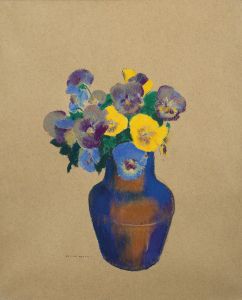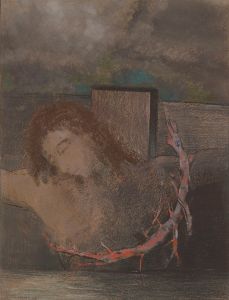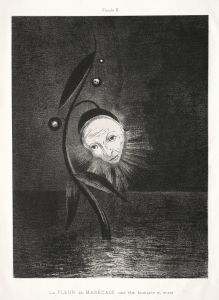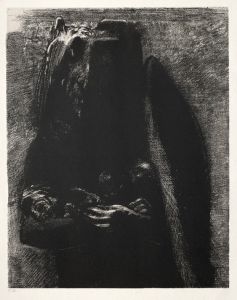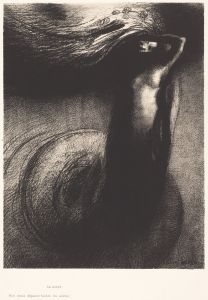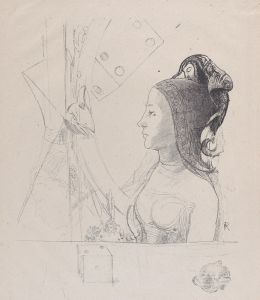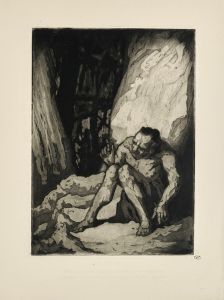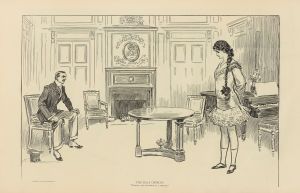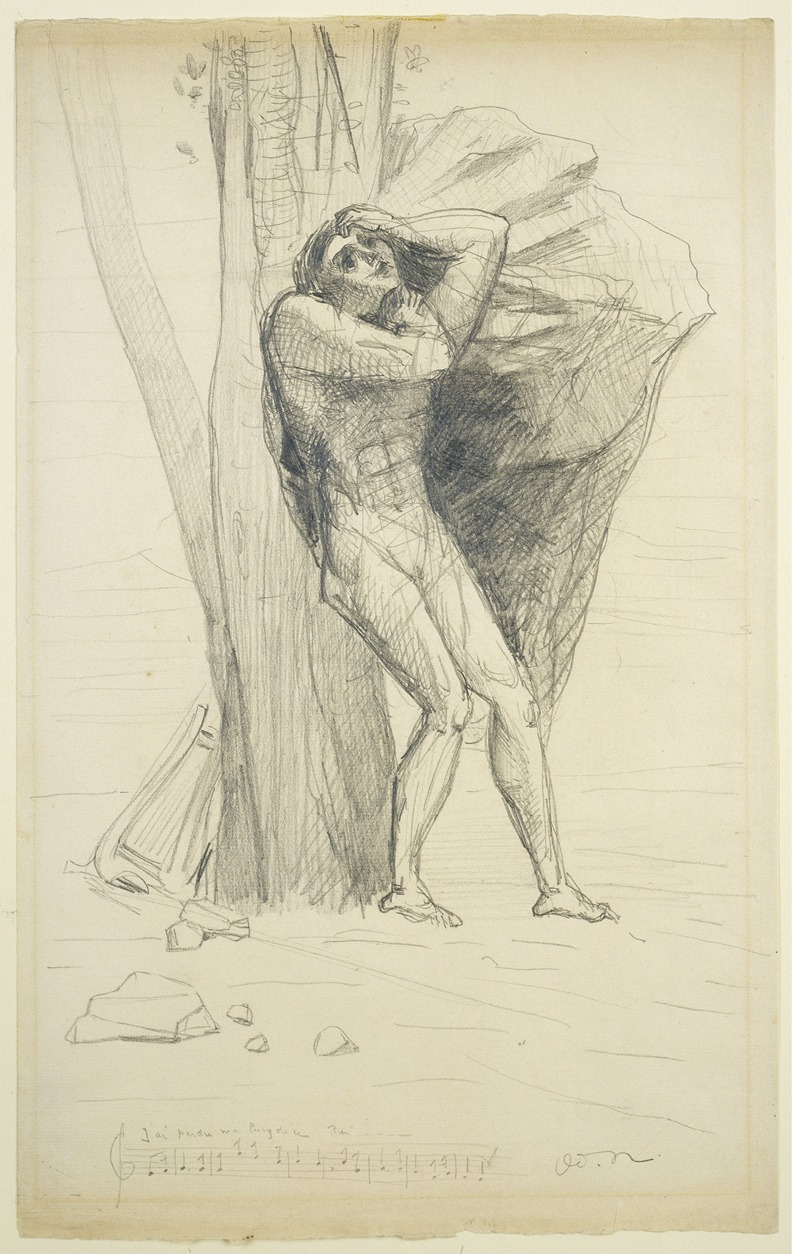
Orpheus in Despair
A hand-painted replica of Odilon Redon’s masterpiece Orpheus in Despair, meticulously crafted by professional artists to capture the true essence of the original. Each piece is created with museum-quality canvas and rare mineral pigments, carefully painted by experienced artists with delicate brushstrokes and rich, layered colors to perfectly recreate the texture of the original artwork. Unlike machine-printed reproductions, this hand-painted version brings the painting to life, infused with the artist’s emotions and skill in every stroke. Whether for personal collection or home decoration, it instantly elevates the artistic atmosphere of any space.
Odilon Redon was a French symbolist painter, printmaker, draughtsman, and pastellist, born on April 20, 1840, in Bordeaux, France. He is best known for his works that explore the world of dreams and the imagination, often featuring fantastical and otherworldly subjects. Redon's art is characterized by its use of symbolism and a focus on the inner world of the mind, which was a significant departure from the more realistic styles of his contemporaries.
"Orpheus in Despair" is one of Redon's works that reflects his interest in mythological and literary themes. Orpheus, a legendary figure from Greek mythology, was a musician, poet, and prophet known for his ability to charm all living things and even stones with his music. The story of Orpheus is often associated with themes of love, loss, and the power of art, as he famously attempted to retrieve his wife Eurydice from the underworld.
Redon's depiction of Orpheus is consistent with his symbolist approach, focusing on the emotional and psychological aspects of the myth rather than a literal representation. The title "Orpheus in Despair" suggests a moment of profound emotional turmoil, likely reflecting the moment when Orpheus realizes he has lost Eurydice forever. This theme of despair and the exploration of deep emotional states is a recurring motif in Redon's work, aligning with the symbolist movement's interest in the subjective experience and the exploration of the human psyche.
Redon's style is often noted for its use of dark, moody colors and ethereal, dreamlike compositions. He frequently employed a technique that involved the use of charcoal and pastel, which allowed him to create soft, atmospheric effects that enhance the emotional impact of his works. In "Orpheus in Despair," these techniques would likely be used to convey the somber and introspective mood associated with the theme of despair.
Throughout his career, Redon was influenced by a variety of sources, including literature, music, and the natural world. He was particularly inspired by the works of Edgar Allan Poe and the music of composers like Richard Wagner, both of whom explored themes of mystery, emotion, and the supernatural. These influences are evident in Redon's work, which often blurs the lines between reality and fantasy, inviting viewers to explore the depths of their own imaginations.
Redon's contributions to the symbolist movement and his unique artistic vision have left a lasting impact on the art world. His ability to convey complex emotions and psychological states through his use of color, composition, and symbolism has made him a significant figure in the history of art. While specific details about "Orpheus in Despair" may be limited, the work is representative of Redon's broader artistic themes and his enduring fascination with the mysteries of the human experience.
Overall, Odilon Redon's "Orpheus in Despair" exemplifies the artist's ability to merge mythological themes with personal and emotional exploration, creating a work that resonates with the symbolist movement's focus on the inner workings of the mind and the power of imagination.







